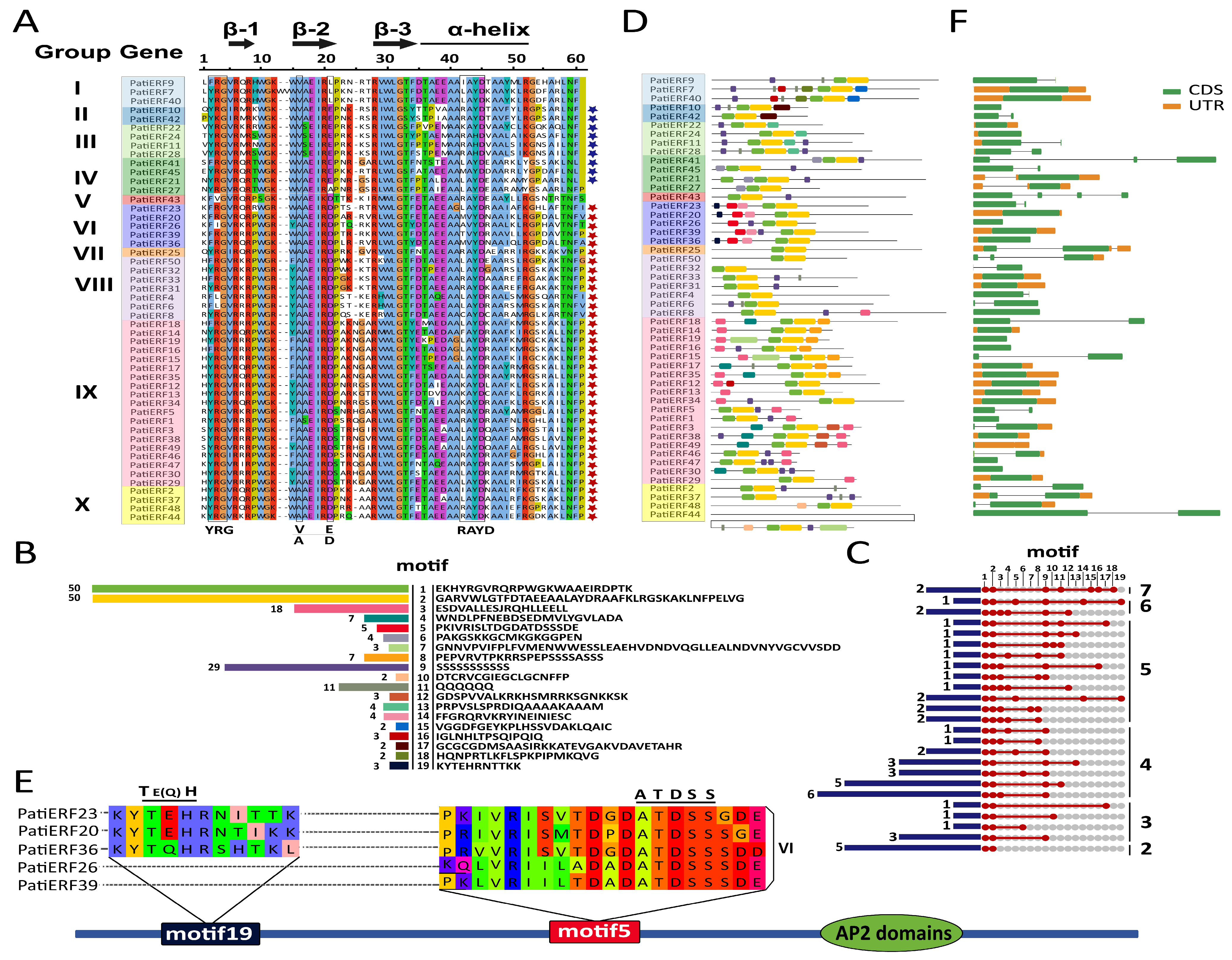A team of Chilean researchers has developed an innovative precision agriculture system that detects the ripeness of cherries using only environmental data and video from the field. The margin of error? Less than 5%.
In an agricultural context increasingly affected by labor shortages, rising production costs, and unpredictable climate change, technological innovation is becoming a key ally for sustainability. A study conducted by a joint team from the University of O’Higgins and the Pontificia Universidad Católica of Chile marks a turning point for the cherry sector: an intelligent system is now able to estimate cherry ripeness based solely on climate data and video footage collected directly in the field.
Agro-climatic sensors and computer vision
The study, published in the scientific journal Computers and Electronics in Agriculture, proposes a combination of wireless agro-climatic sensor networks (WSN) and RGB video sequences recorded along the orchard rows using simple smartphones. The integration of these data sources allows real-time monitoring of fruit development, ripeness estimation, and identification of the optimal harvest time.
Through a network of sensors connected via LoRaWAN, environmental information such as temperature and humidity is collected and then processed using machine learning models. At the same time, the video footage captured in the field is analyzed with computer vision algorithms to visually detect and track cherries, quantifying key parameters such as fruit count and color distribution.
Less than 5% error margin
Tested on four different production sites, the system has demonstrated impressive reliability: the ripeness estimation model based solely on climate data recorded a margin of error of less than 5%. This result opens the door to more efficient, automated, and resilient agricultural management.
One of the most revolutionary features is the ability to generate a detailed color distribution map of the fruit on a large scale, a key parameter for evaluating ripeness across individual plots. In practice, growers can know in advance—and with great accuracy—when and where to intervene, optimizing timing, resources, and final crop quality.
Precision agriculture goes digital
This study represents an important piece in the puzzle of so-called Precision Agriculture 4.0, where the Internet of Things, artificial intelligence, and robotics are reshaping the face of traditional farming. In Europe, the adoption of similar systems is growing, but experiences like this one in Chile show how smart data use can deliver tangible results, even in complex orchards like those for cherries.
The researchers involved—Luis Cossio-Montefinale and Rodrigo Verschae from UOH, together with Cristóbal Quiñinao from the Pontificia Universidad Católica—highlight that their work opens up new prospects for more autonomous, sustainable, and economically competitive agriculture. A strategic direction also for Italian and European producers, who are now more than ever called to innovate to stay competitive in the market.
Source: uoh.cl
Cherry Times - All rights reserved












